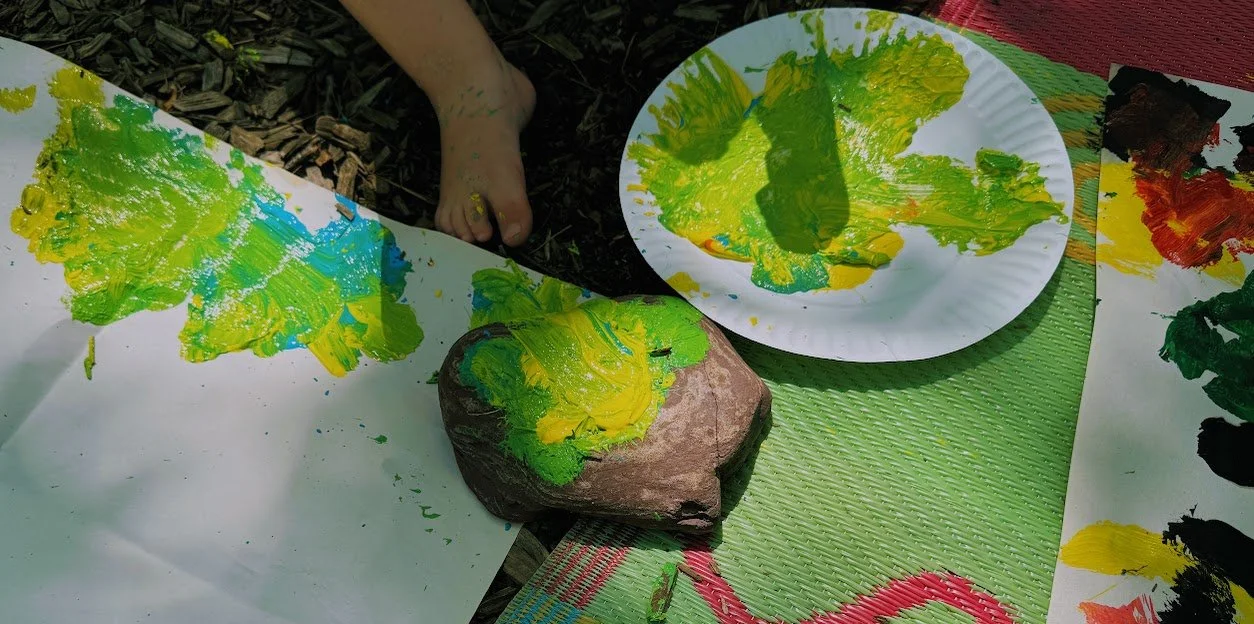We love CHOICE-based art lessons
What is choice-based art education you may ask? Well, let us show you… rather than tell
Here students are given autonomy to make decisions about their art-making process—what materials to use, what subjects to explore, and how to express themselves. This student-centered model is often referred to as Teaching for Artistic Behavior (TAB).
Keep reading to see more benefits of Choice-Based Art Education
1. Fosters Creativity and Innovation
Students explore their own ideas rather than follow predetermined steps.
Encourages experimentation and risk-taking, which are essential for creative growth.
2. Promotes Student Engagement and Motivation
Choice increases intrinsic motivation; students are more invested in work they initiate.
Ownership of projects helps maintain interest and sustained attention.
3. Supports Differentiated Learning
Meets diverse learners where they are—students choose challenges suited to their skill level and interests.
Accommodates various learning styles, abilities, and backgrounds.
4. Develops Critical Thinking and Problem Solving
Students must plan, make decisions, and reflect throughout the creative process.
Encourages independent thinking and adaptive problem-solving.
5. Builds Confidence and Independence
Autonomy in the art room fosters a sense of competence and self-direction.
Students learn to trust their artistic judgment and voice.
6. Encourages Personal and Cultural Expression
Students can create art that reflects their identities, cultures, and life experiences.
Builds empathy and appreciation for diverse perspectives.
7. Aligns with Real-World Artistic Practice
Mirrors how professional artists work—making choices, exploring materials, and developing concepts.
Prepares students for creative fields by simulating authentic creative environments.
8. Improves Classroom Management
Engaged students working on meaningful projects tend to be more focused and self-directed.
Reduces behavior issues that can arise from disinterest or disengagement.













